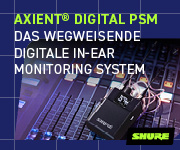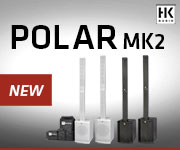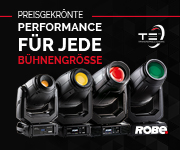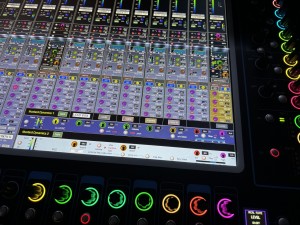Aktuelle News & Schlagzeilen
DiGiCo releases V20 Software for Quantum and SD-Range consoles
DiGiCo has released Software Version 20 for all Quantum and SD-Range consoles. The update, available for download from the dedicated support section of DiGiCo’s website, is equipped with new features, notably including direct Fourier Audio integration for all Quantum console worksurfaces.
Users can connect their desk to the Transform.Engine’s control network to synchronise session files and snapshots as well as see and control plugins on their console touchscreen. Soloing a channel with a Fourier chain inserted displays the plugin chain on the master screen of the console. All of the visual processing is done within the Transform.Engine, taking no processing power from the console. From this panel, parameters can now be controlled using the touchscreen and the touch turn dial, where this functionality has been enabled by the plugin manufacturer.
There is also an option for session and snapshot (Cuelist) control of the Transform.Engine. When this is enabled, loading a session on the console will load the session of the same name on the Fourier device. The Transform.Engine can also follow commands, including saving a session. On the snapshot side, inserting, firing, updating, snapshot auto-update state, deleting, and reordering snapshots is all copied to the engine, ensuring that snapshots stay in sync with the console.
In Version 20, DiGiCo has added further support for Sound Devices transmitters. With the new Astral External control device, Macros can be programmed to be triggered directly from the transmitter, when using the A20-Nexus and A20-SuperNexus receivers. Potential use cases for this control could be a simple push-to-talk, unmuting a separate feed to a director in a broadcast scenario, or allowing a vocalist to turn on or off a particular effect send for their microphone during a performance.
The latest software update also introduces the Mustard Source Expander (MSE), a new dynamics option to the Mustard processing strips found on Quantum consoles. The MSE reduces the level of a signal by a given amount when it is under a threshold. This works a bit like a gate but is better for non-transient signals, like vocals or brass. By reducing the level when a singer stops singing, the MSE can minimize the chance of feedback and generally reduce the level of stage noise spilling onto open mics. Its controls include threshold, depth (which can go to 40 dB), and release rate. A sidechain is also available.
Software V20 is also a necessary update in bringing DiGiCo’s optional Theatre software suite to the company’s most compact Quantum console, the Quantum225, designed for small-to-mid-sized theatrical venues and productions. The “T” package modifies how console cue lists operate, tailored specifically for theatrical applications, and provides a way to manage cast and costume changes through Players and Aliases. Upgrading to the Theatre software on a Quantum225 offers the same additional channel count and processing as the company’s Pulse upgrade, with 96 input channels, 48 busses, 36 Mustard Processes, and 48 Nodal processes. It also expands the matrix past even the Pulse count, increasing to 24 by 24.
Additional new V20 features include: Moving an EQ band on the Quantum852 via the hardware channel strip will select that band in the golden channel; Subnet Mask is now displayed in Diagnostics; A confirmation message will pop up when clearing a bank from the fader banks panel. Various errors from the previous software version have now been fixed.
(Photos: DiGiCo)
SCHLAGZEILEN
news archiv
suche
© 1999 - 2025 Entertainment Technology Press Limited News Stories










